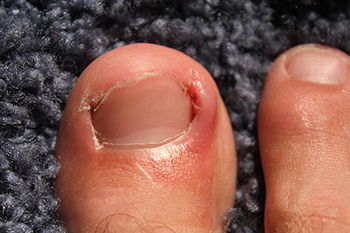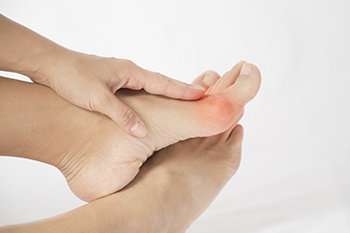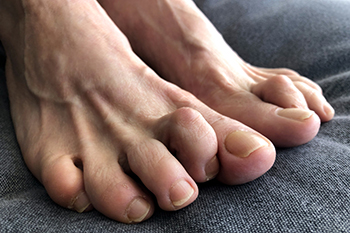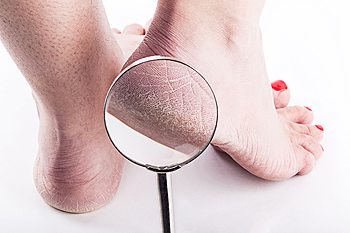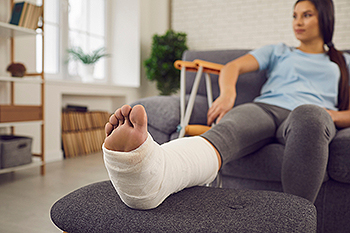
Suffering from a broken ankle can disrupt daily life and recreational pursuits for several months. Recovery duration hinges on the severity of the broken ankle. Complex fractures may necessitate surgery, while in simpler cases rest and immobilization may be adequate. Surgical interventions, such as metal supports, may entail longer recovery times. Medical attention is advised if pain persists, worsens, or health issues occur including discharge from surgical wounds, swelling, skin discoloration, or sensory changes. Post-fracture walking aids, such as crutches, canes, or walkers, can help to safeguard the mending bone. Performing home exercises can help to boost ankle strength and mobility. Gradual transitioning to weight-bearing activities is essential in regaining strength. Step-ups on a raised surface and heel raises on a chair can help to facilitate recovery. Other methods that promote recovery can include using mobility aids, avoiding bearing weight prematurely, and maintaining optimal nutrition. To help prevent future ankle injuries, it is beneficial to allow the ankle to heal fully before returning to normal activities. If you would like more information about how a broken ankle can recover, it is suggested that you consult a podiatrist.
Broken ankles need immediate treatment. If you are seeking treatment, contact Cary Golub, DPM from New York. Our doctor can provide the care you need to keep you pain-free and on your feet.
Broken Ankles
A broken ankle is experienced when a person fractures their tibia or fibula in the lower leg and ankle area. Both of these bones are attached at the bottom of the leg and combine to form what we know to be our ankle.
When a physician is referring to a break of the ankle, he or she is usually referring to a break in the area where the tibia and fibula are joined to create our ankle joint. Ankles are more prone to fractures because the ankle is an area that suffers a lot of pressure and stress. There are some obvious signs when a person experiences a fractured ankle, and the following symptoms may be present.
Symptoms of a Fractured Ankle
- Excessive pain when the area is touched or when any pressure is placed on the ankle
- Swelling around the area
- Bruising of the area
- Area appears to be deformed
If you suspect an ankle fracture, it is recommended to seek treatment as soon as possible. The sooner you have your podiatrist diagnose the fracture, the quicker you’ll be on the way towards recovery.
If you have any questions, please feel free to contact our offices located in Williston Park, and Long Beach, NY . We offer the newest diagnostic and treatment technologies for all your foot care needs.
